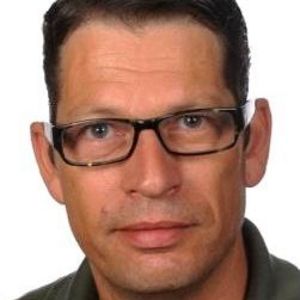Work-life balance vulnerabilities and resources for women in Switzerland: results from a national study
Abstract
Despite continuous improvement in women’s education over the last decades, a gender hierarchy favouring men in higher education still persists in the majority of OECD countries (Fiske & Unesco, 2012). Female disadvantage is twofold. First, women are still underrepresented in the fields typically considered as the most profitable ones, whether this profitability is measured in terms of salary, power, or prestige (European Commission, 2009)—namely the science, technology, engineering, and mathematics fields (i.e. STEM fields). Second, although female students outperform their male counterparts from elementary to secondary school and represent the majority of undergraduate students, there is paradoxically a loss of women at each step of the academic ladder-referred to as the leaky pipeline-leading to their underrepresentation at the doctoral level and among researchers (Pell, 1996).
In: Klea Faniko, Fabio Lorenzi-Cioldi, Oriane Sarrasin, Eric Mayor (eds.), Gender and Social Hierarchies. Perspectives from social psychology, New York, Routledge, 2016, chap. 9
Autrices·teurs
Documents et liens
Informations sur la publication
Institutions:
Auteur·e·s:
Edité par:
Klea Faniko, Fabio Lorenzi-Cioldi, Oriane Sarrasin, Eric Mayor
Maison d'édition:
Routledge
Langues:
Anglais
Ville:
New York
Année:
2016
Thèmes:
Disciplines:
Thématiques:
Travail – carrière – professions
Académie – université – hautes écoles
Branches:
Psychologie
Type:
Chapitre d'ouvrage collectif




